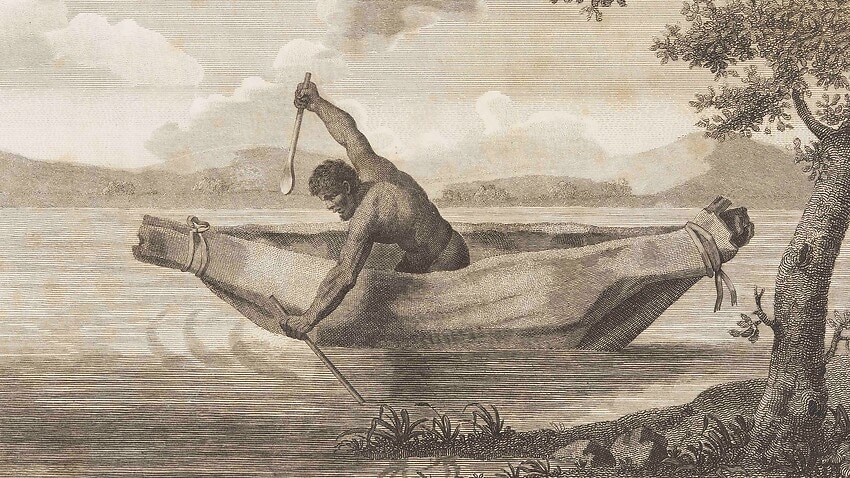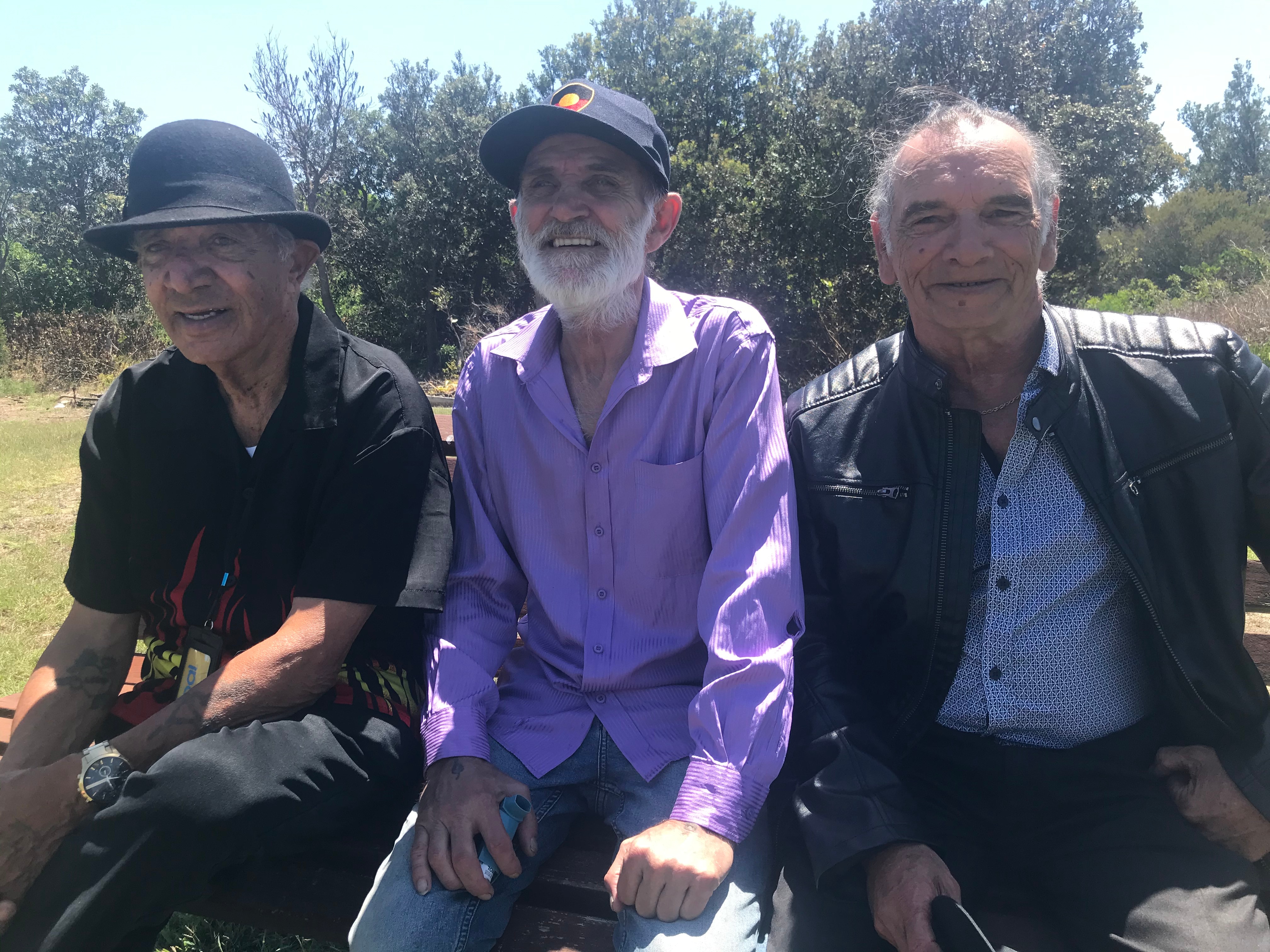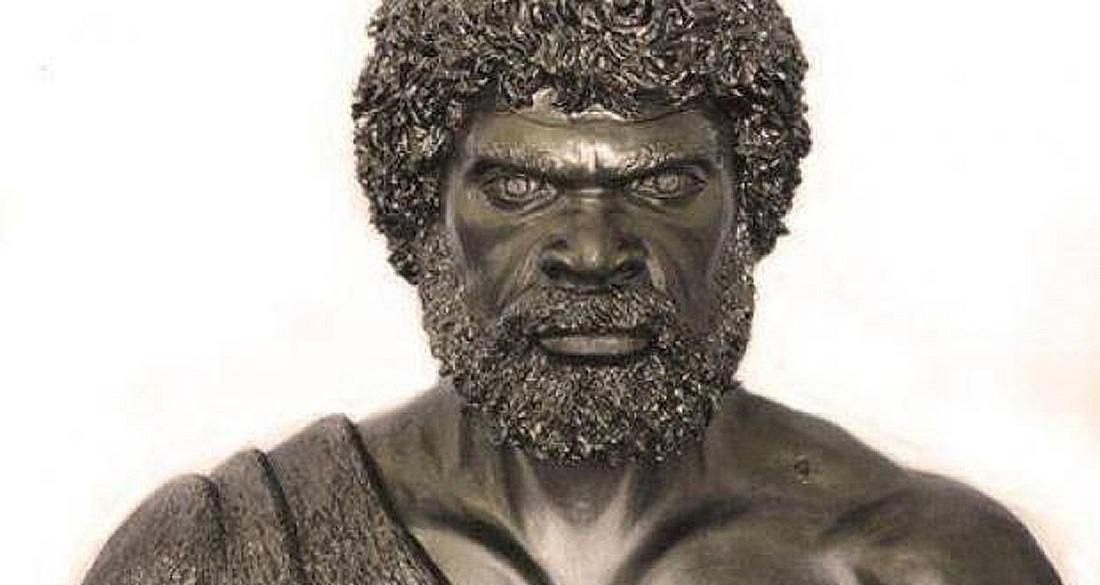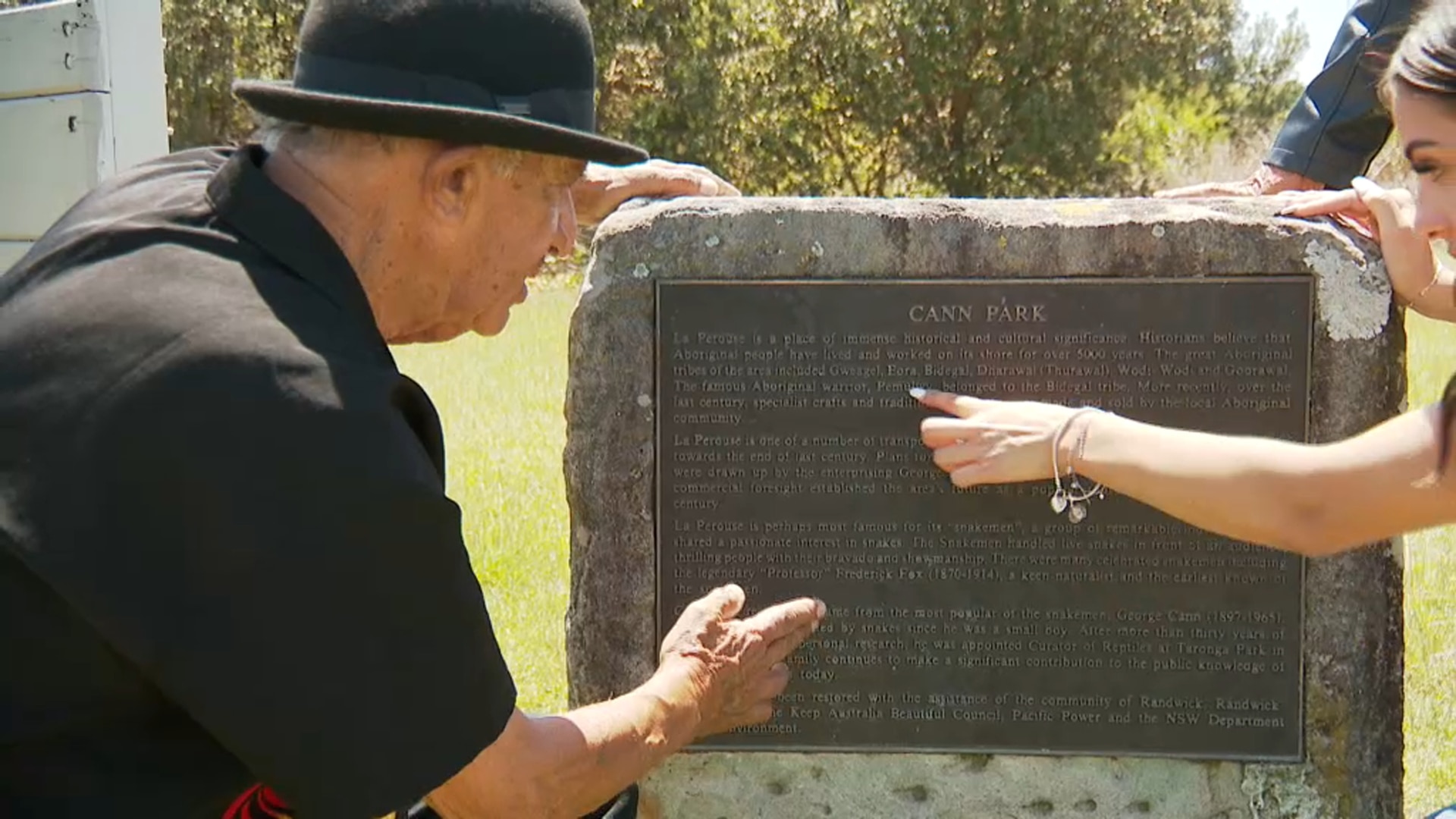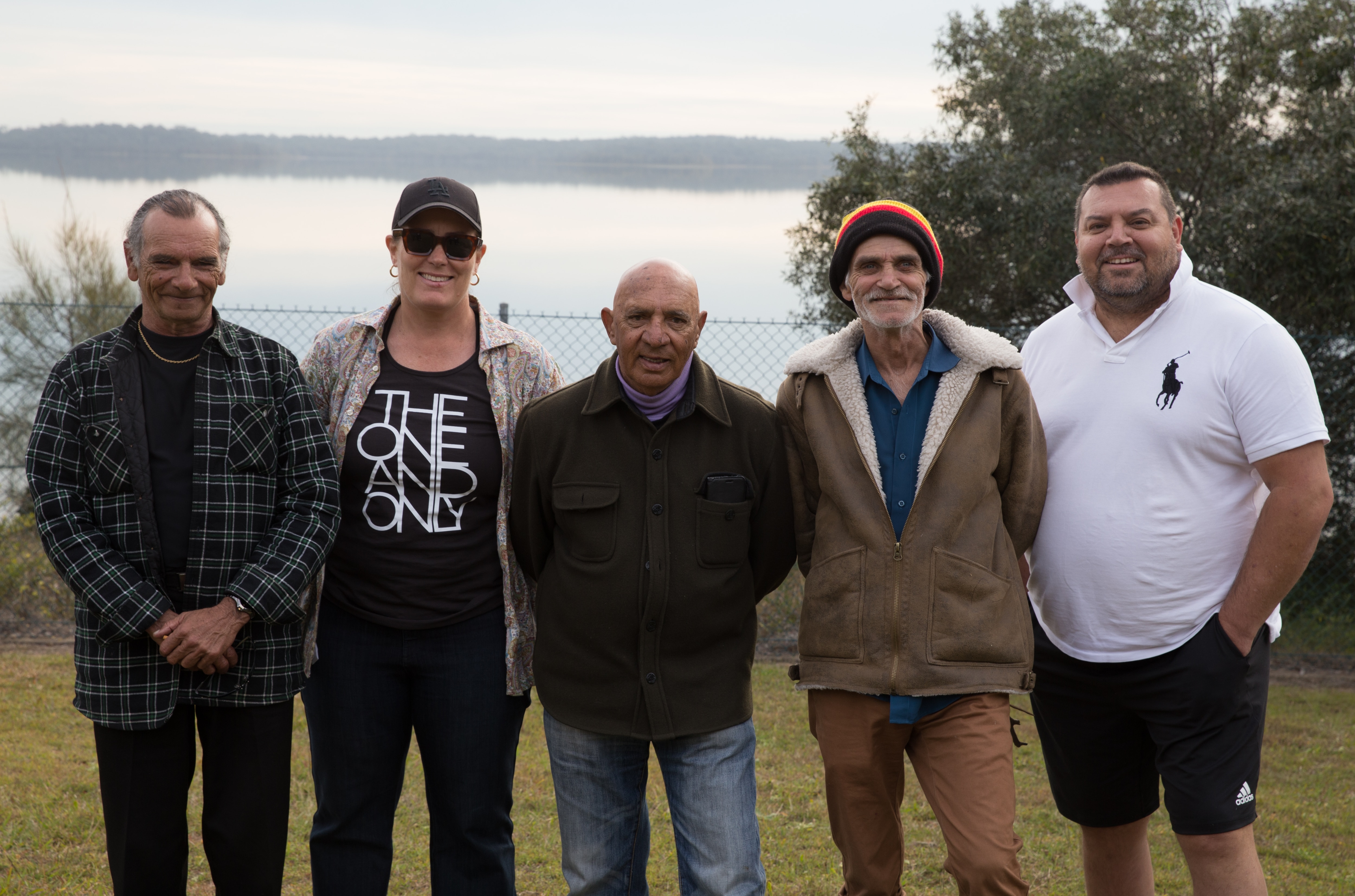There is only one known historical engraving of the Aboriginal warrior Pemulwuy.
Depicted sailing in a boat in the late 18th century, he’s a well-built, muscular man – a physique that matched his apparently formidable nature.
He was an Aboriginal man from Sydney who was there when the British landed in 1788 and he would go on to lead a decade-long war of resistance against them.
More than two centuries on, in La Perouse in Sydney – on Bidjigal land – his tale lives on through word of mouth.
Bidjigal Elder, Uncle Vic Simms, is determined not to let his legacy fade.
“He’s been a great inspiration to us all,” he told SBS News.
“He was a hero who took on the might of the white man; a spear against a musket, rifles and cannonballs.”
Uncle Vic, who was born and raised in Botany Bay, where the First Fleet landed, said Australia’s darker history during this period needs to be brought to light.
Historians have long disputed the extent of Aboriginal resistance to European settlement, and for centuries the story of Pemulwuy was almost written out of history, meaning there’s long been an assumption that Indigenous Australians simply succumbed to British rule.
He was a hero who took on the might of the white man; a spear against a musket, rifles and cannonballs.
– Uncle Vic Simms
But Pemulwuy has been identified time and again as a figure who did carry out warfare against the settlers of early Sydney, and according to Uncle Vic, it’s time to set the record straight.
“There was no mention in the history of the great warrior Pemulwuy in the existence of white Australia,” he said.
“It’s never been said who he was and what he stood for.”
Pemulwuy was born around 1750 on Bidjigal lands in the Botany Bay area.
He was said to have a blemish in his left eye and a club foot, rare features that branded him a ‘clever man’ with supernatural powers.
Dharug Elder, Uncle Richard Green, described him as “incredible”.
“He was a strong man; he could carry three, four kangaroos in one arm,” he said.
“He could also cure smallpox. He had remedies for it.”
Throughout the late 18th century Pemulwuy united surrounding Aboriginal tribes in tit for tat attacks against British settlers and the military. Leading an army, he was able to ward off colonisation and the destruction of certain territories for 12 years.
The most prominent confrontation was the Battle of Parramatta, in which Pemulwuy gathered an estimated 100 Indigenous warriors and confronted the British, west of Sydney.
Pemulwuy was wounded and captured several times during this period, but was always able to get away.
“He was speared, he was shot, everything was done to him, but he had that cleverness,” Uncle Richard said.
“He was a clever man. He knew how to cope with the opposition.”
But after years of battle, wanted dead or alive, Pemulwuy was shot and killed by the British in 1802. His head was severed from his body at the time of his death and his remains were sent to England. The whereabouts of them now are unknown.
Professor Jakelin Troy, the director of Indigenous Research at the University of Sydney, said it was a tragic end to Pemulwuy’s extraordinary tale.
NITV: 10 things you should know about January 26
“In the end, he was not only killed, but his head was cut off and sent back … to join the ethnographic curiosa that were put in museums,” she said.
“This was the head of a great hero, and that’s what happened to him.”
Today, all that exists to commemorate Pemulwuy and his plight is one plaque in La Perouse. That’s something many of his admirers say needs to change.
Professor Troy said there needs to be a more “three-dimensional view of our history”.
“To have some form of statue or significant memorial to these people would really balance out the historical record.”
Pemulwuy’s story is now set to be memorialised in a film.
The feature-length film, written and produced by a team of notable Indigenous Australians, and with the consultation of community elders, is set to begin production this year.
Professor Troy said Pemulwuy’s rich story will intrigue a wider audience.
“These are the stories that are really exciting and interesting and just are not being heard,” she said.
“These are the real action figures.”
Uncle Richard, who will act as a Dharug language authority for the film’s scripting, said he hopes the film ensures Pemulwuy’s story will be handed down to future generations.
“We can feel with this film coming on that things are going to change,” he said.
“We’re going to see great, great people coming up through our culture in the next millennium.”
NITV presents a selection of dedicated programming, special events and news highlights with a focus on encouraging greater understanding of Indigenous Australian perspectives on 26 January. Join the conversation #AlwaysWasAlwaysWillBe

